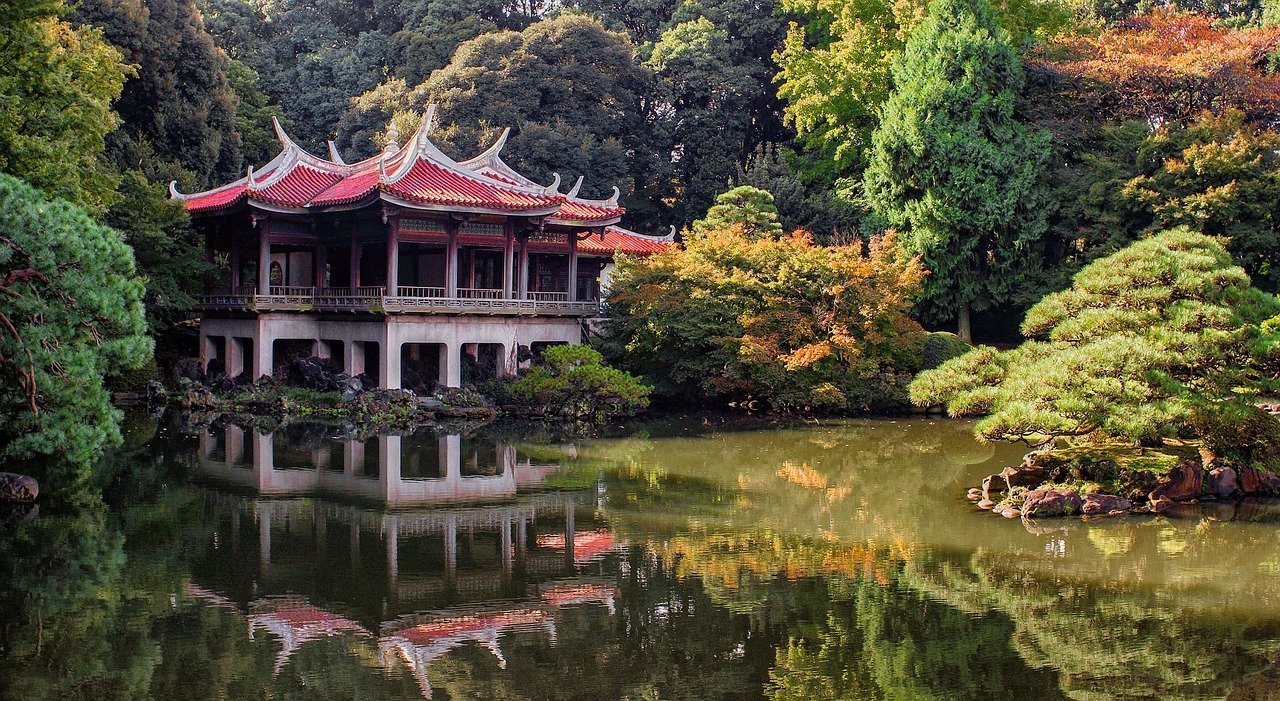Discover Japan, a unique blend of ancient traditions and cutting-edge modernity, making it a top destination for travelers from all walks of life. This country, where the past and present coalesce harmoniously, offers a tapestry of experiences that range from the tranquility of Shinto shrines and the elegance of tea ceremonies to the exhilarating rush of its ultra-modern cities.
Why Visit Japan?
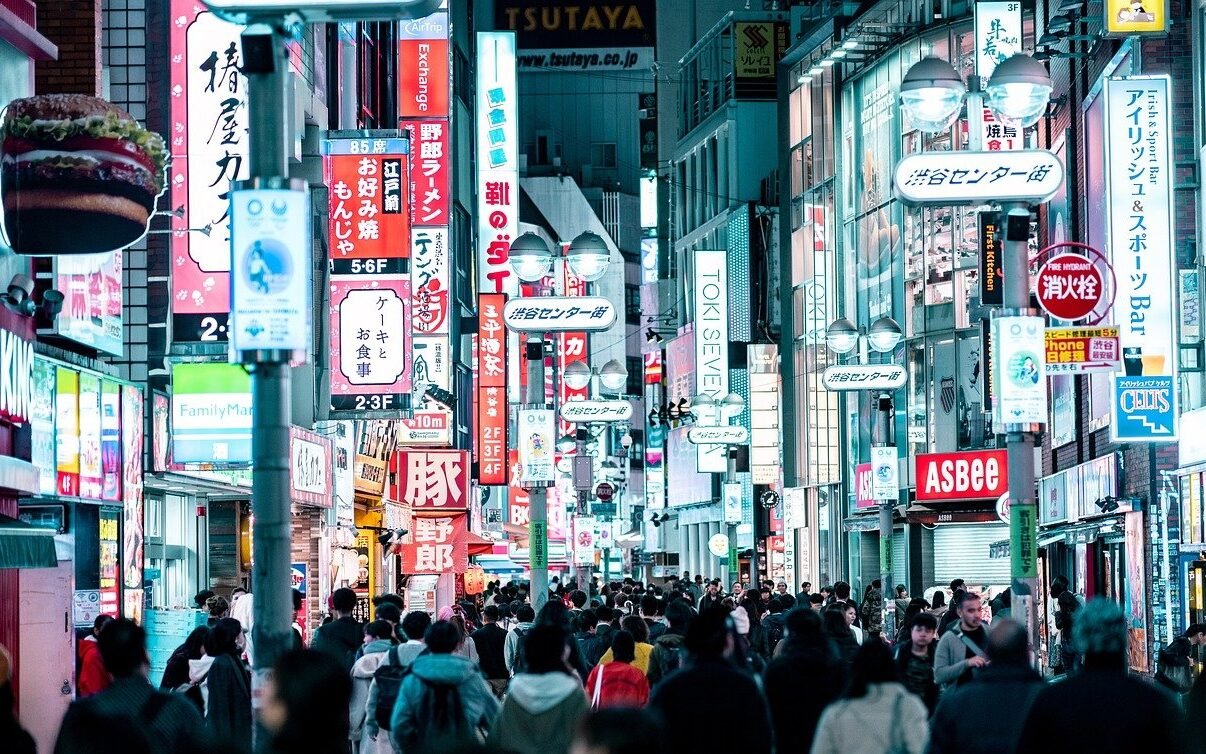
From the serene temples to bustling city streets, every corner of Japan tells a story. It’s a place where ancient customs coexist with futuristic innovation. Whether you’re a history buff, a culinary enthusiast, or an adventure seeker, Japan promises a rich, diverse experience that caters to all. The charm of Japan lies not just in its iconic landmarks but in the subtle, everyday moments – a peaceful tea ceremony, the bloom of cherry blossoms, or a friendly exchange with a local. Travels Jinn invites you to embark on this journey of discovery, immersing yourself in the vibrant culture, scenic beauty, and unique traditions of Japan.
History of Japan
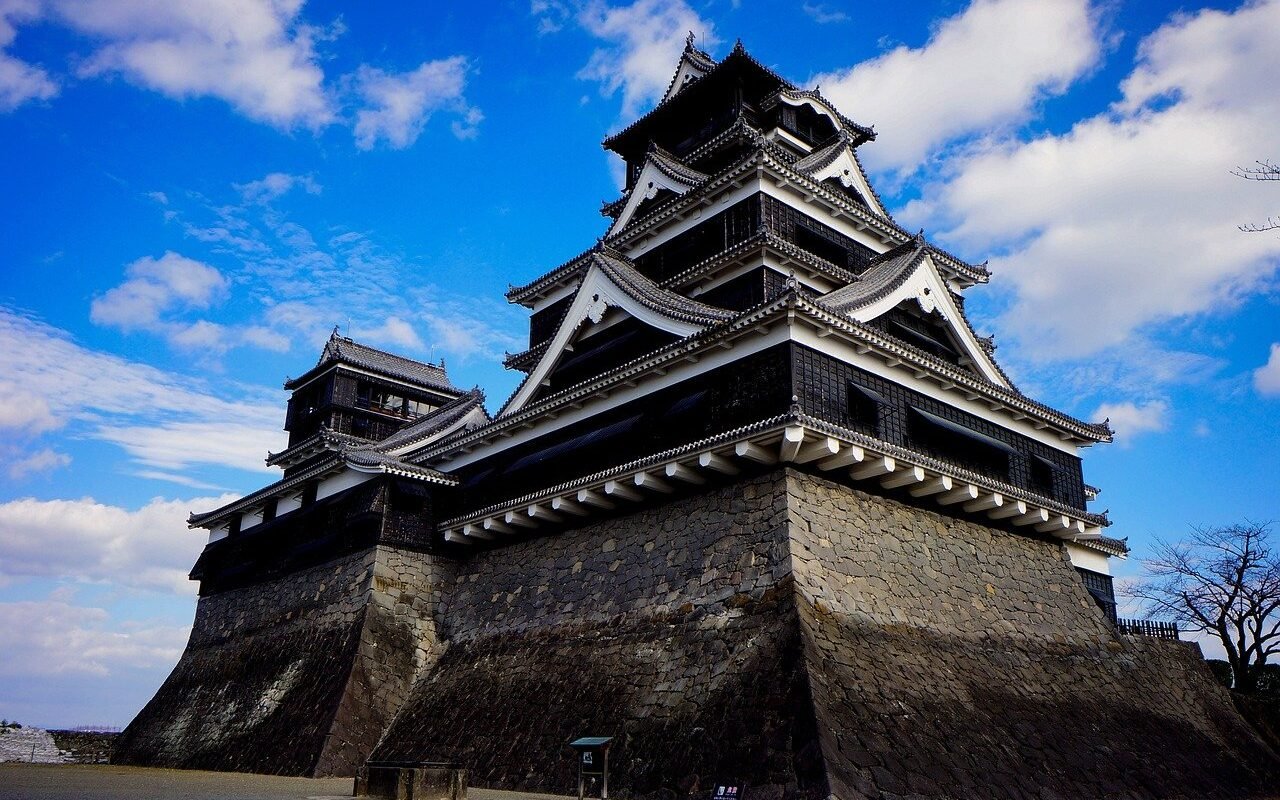
Japan’s history is a fascinating mosaic that spans thousands of years, characterized by dramatic shifts in power, culture, and technology. This history begins with the Jomon Period, marked by the emergence of settlements and advancements in pottery. The Yayoi Period followed, introducing rice cultivation and metalworking, setting the stage for Japan’s future societal structures.
The classical period of Japan saw the rise of the Yamato state, the emergence of Buddhism, and the compilation of the country’s oldest chronicles. The Heian period followed, a time of cultural prosperity, giving birth to some of Japan’s most celebrated literary works, including “The Tale of Genji.”
Feudal Japan is perhaps best known for its samurai and shogunates. The Kamakura and Muromachi periods were characterized by military rule, while the Azuchi-Momoyama period saw unification under powerful warlords. This era of warriors profoundly influenced Japan’s political, social, and cultural landscapes.
The Edo period brought about a long era of peace and isolation, fostering a unique culture and a flourishing of arts, such as ukiyo-e and kabuki. It was during this time that Japan developed its distinct aesthetic and cultural identity.
Japan’s modern history is marked by the Meiji Restoration in 1868, a pivotal moment that rapidly transformed Japan from a feudal society into a modern industrial state. This era saw significant Western influence and the establishment of Japan as a global power.
The 20th century was marked by significant events including Japan’s involvement in World War II, leading to a period of occupation and then remarkable economic growth in the post-war era. Today, Japan stands as a beacon of technological advancement and cultural preservation, its rich history informing its dynamic present and promising future.
Understanding Japan’s rich and varied history is essential for appreciating the depth and complexity of its culture and society today. This journey through time reveals how Japan’s past has shaped its current identity, making it a unique and compelling destination for travelers.
Japan’s History
| Period | Time Frame | Key Features |
|---|---|---|
| Paleolithic | Until ~14,000 BC | Earliest known human habitation; hunter-gatherer lifestyle |
| Jōmon Period | ~14,000 BC – 300 BC | Development of pottery; hunter-gatherer society |
| Yayoi Period | 300 BC – 250 AD | Introduction of rice cultivation; start of social hierarchy |
| Kofun Period | 250 – 538 | Emergence of large tomb culture; strong regional rulers |
| Asuka Period | 538 – 710 | Introduction of Buddhism; establishment of centralized government under the Imperial Court |
| Nara Period | 710 – 794 | Establishment of first permanent capital; Chinese influence on culture |
| Heian Period | 794 – 1185 | Flourishing of Japanese unique culture; rise of samurai class |
| Kamakura Period | 1185 – 1333 | Establishment of military government (shogunate); spread of Buddhism among common people |
| Muromachi Period | 1336 – 1573 | Power struggles between regional warlords (daimyo); development of tea ceremony and Noh drama |
| Azuchi-Momoyama Period | 1573 – 1603 | Unification of Japan under powerful warlords; introduction of firearms |
| Edo Period | 1603 – 1868 | Establishment of Tokugawa Shogunate; isolationist foreign policy (sakoku); development of ukiyo-e and Kabuki |
| Meiji Restoration | 1868 – 1912 | Modernization and Westernization; end of samurai class; industrialization |
| Taisho Period | 1912 – 1926 | Political liberalization; increased influence of democratic ideas |
| Showa Period | 1926 – 1989 | World War II; post-war economic growth; becoming a major world power |
| Heisei Period | 1989 – 2019 | Economic stagnation; natural disasters; technological advancement |
| Reiwa Period | 2019 – Present | Beginning of the new imperial era; focus on internationalization and modern issues |
Geography and Climate
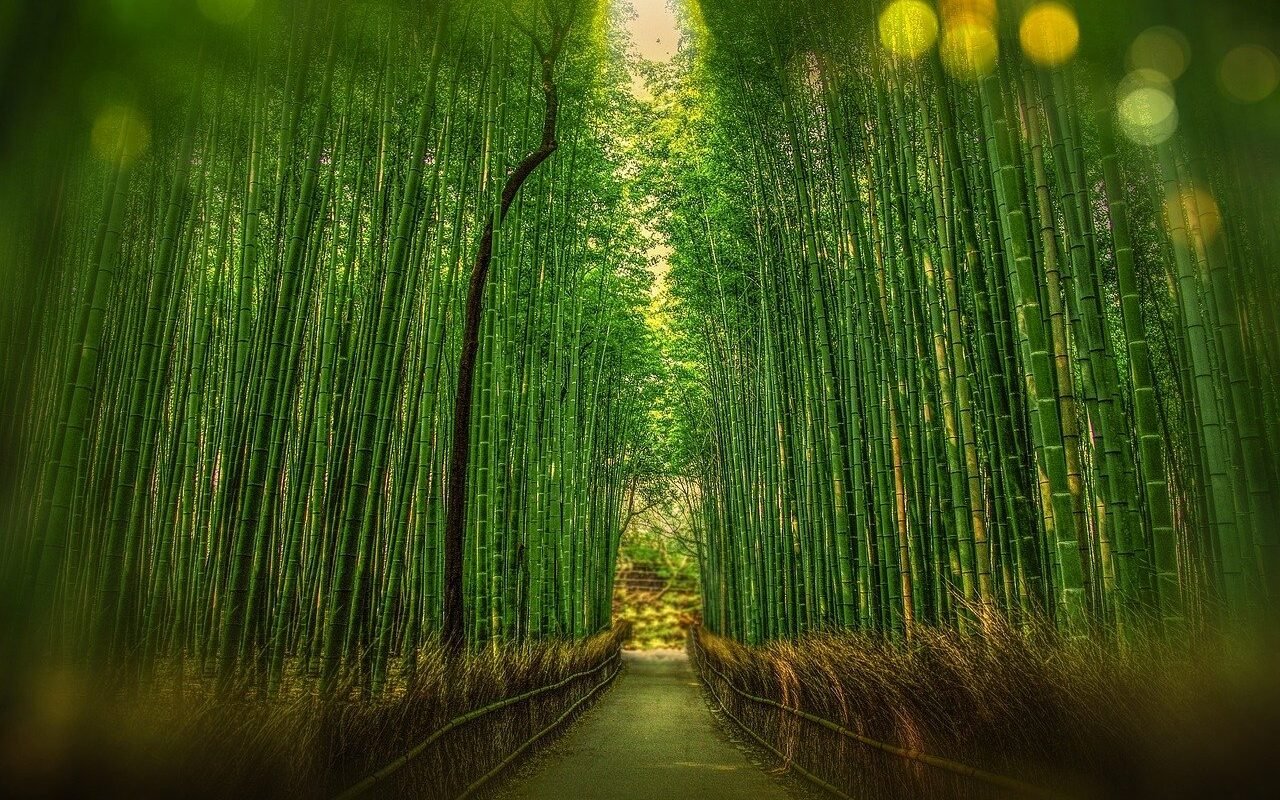
Japan’s geography and climate are as multifaceted as its rich cultural tapestry. The country, extending over 3,000 kilometers from north to south, comprises more than 6,800 islands, creating a diverse range of ecosystems and climatic zones.
The four main islands, Honshu, Hokkaido, Kyushu, and Shikoku, each present unique geographical characteristics. Honshu, the largest island, is home to major cities like Tokyo and Kyoto, and features a variety of landscapes, from the Japanese Alps to scenic coastlines. Hokkaido, known for its harsh winters and snow-covered landscapes, offers excellent opportunities for skiing and winter sports, contrasting with the temperate climate of central and southern Honshu.
Kyushu, to the southwest, is characterized by its active volcanoes and hot springs, while Shikoku, the smallest of the four main islands, is renowned for its rugged mountain ranges and the famous 88-Temple Pilgrimage.
The climate varies significantly across these islands. Northern regions, particularly Hokkaido, experience long, cold winters with heavy snowfall, making it a haven for winter sports enthusiasts. Central and southern parts of Honshu, Shikoku, and Kyushu enjoy a more temperate climate, with distinct seasonal changes – the blooming of cherry blossoms in spring and vibrant autumn leaves being notable seasonal highlights.
The subtropical climate of the southern islands, such as Okinawa, stands in stark contrast, with warm temperatures year-round, making these islands a perfect destination for beach-goers and divers.
Japan’s unique geographic and climatic diversity not only shapes its natural beauty but also influences its cultural practices, festivities, and cuisine, offering a wide range of experiences for visitors throughout the year.
What to Know: Essential Information for Travelers
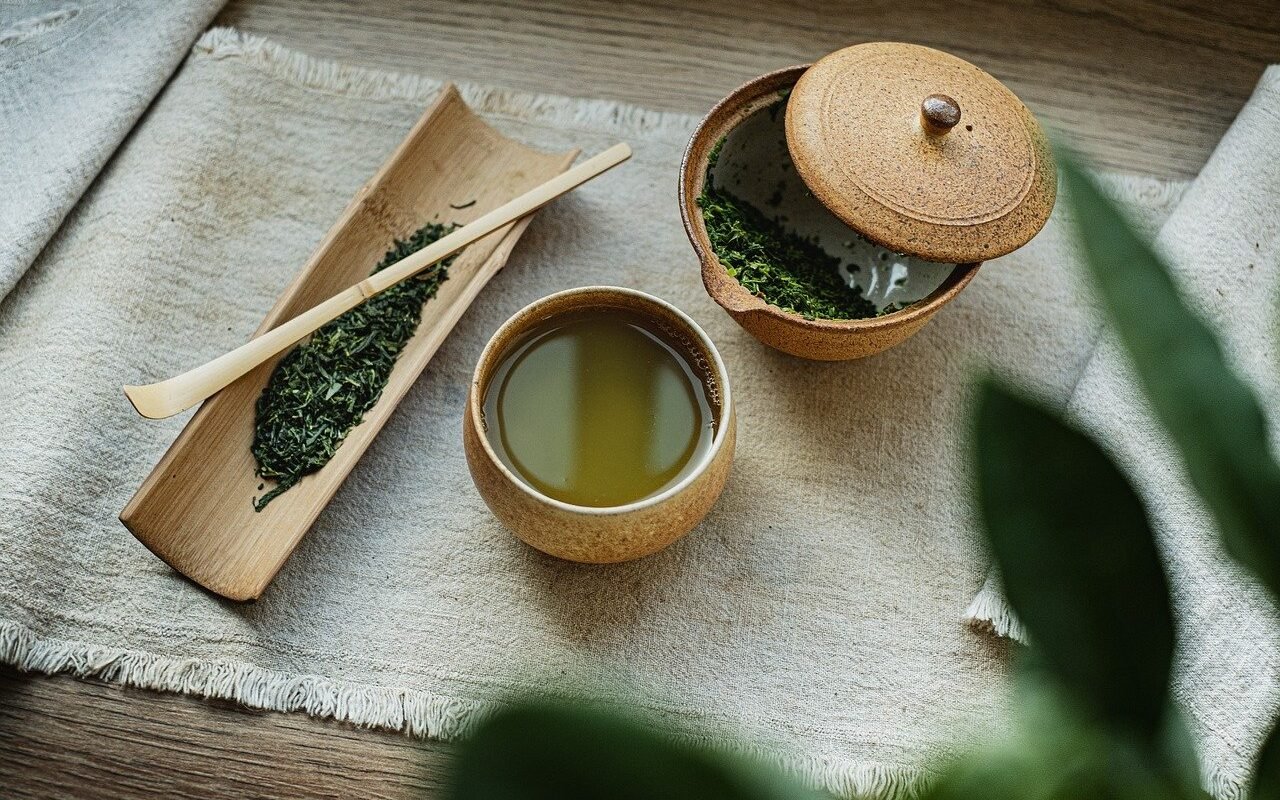
When traveling to Japan, it’s important to familiarize yourself with some key aspects to ensure a smooth and enjoyable experience:
Discover Japan: Language: Japanese is the primary language. While major tourist destinations often have English signs and assistance, learning basic Japanese phrases can enhance your experience. English proficiency varies, so carrying a translation app or phrasebook can be helpful.
Discover Japan: Currency: The currency of Japan is the Japanese Yen (JPY). It’s advisable to have some cash on hand, as not all places accept credit cards, especially in smaller towns and rural areas. Currency exchange is available at airports, major banks, and designated exchange kiosks.
Discover Japan: Credit Cards and ATMs: Credit cards are widely accepted in cities and tourist areas. ATMs are readily available in convenience stores, airports, and train stations. However, in rural areas, access to ATMs and credit card facilities can be limited.
Discover Japan: Plugs and Electricity: Japan uses Type A and B electrical plugs, operating at 100V. Travelers should bring appropriate adapters for their electronic devices..
Discover Japan: Tipping: Tipping is not customary in Japan and can sometimes be seen as rude. Service charges are often included in the bill, and exceptional service is a standard expectation.
Discover Japan: Top 10 Must-See Destinations
Japan, an archipelago rich in culture and history, boasts numerous must-visit destinations that offer a glimpse into both its past and present. Here’s a detailed look at the top 10 must-see spots:
Tokyo
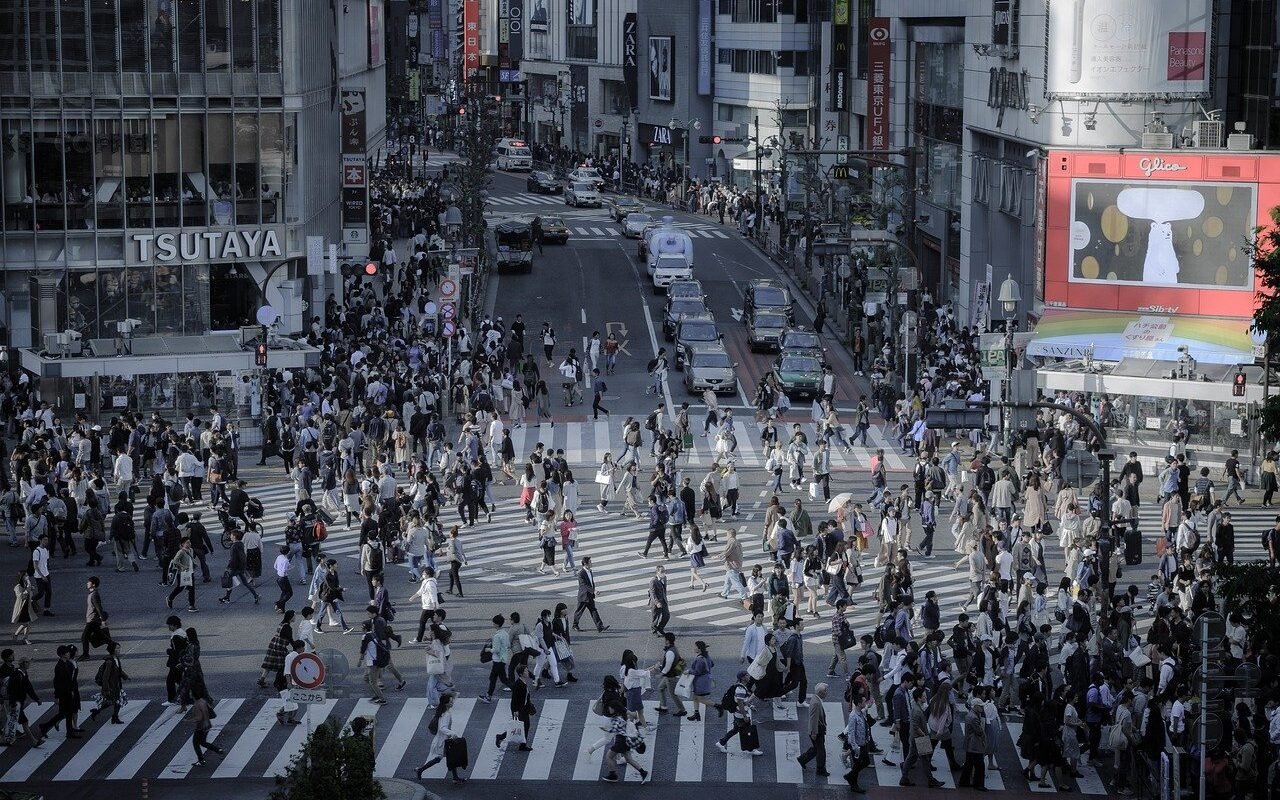
Japan’s vibrant capital is a fusion of the ultramodern and the traditional. It features iconic skyscrapers like the Tokyo Tower, ancient temples like Senso-ji, and bustling districts like Shibuya and Shinjuku. Tokyo’s thriving food scene, from street food stalls to high-end sushi restaurants, reflects its diverse culture.
Kyoto
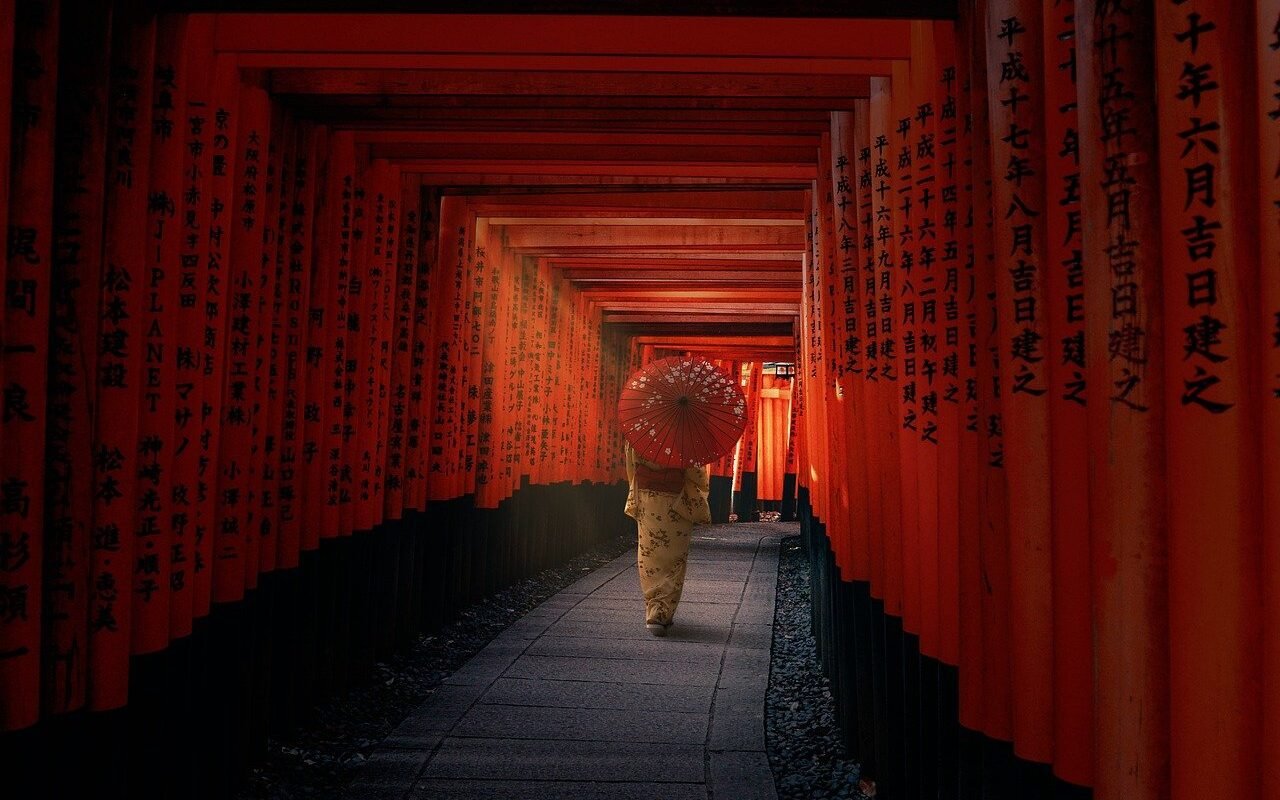
Known as the heart of traditional Japan, Kyoto is dotted with classical Buddhist temples, stunning gardens, imperial palaces, and traditional wooden houses. Key attractions include the Fushimi Inari Shrine, Kinkaku-ji (the Golden Pavilion), and Gion, the famous geisha district.
Osaka
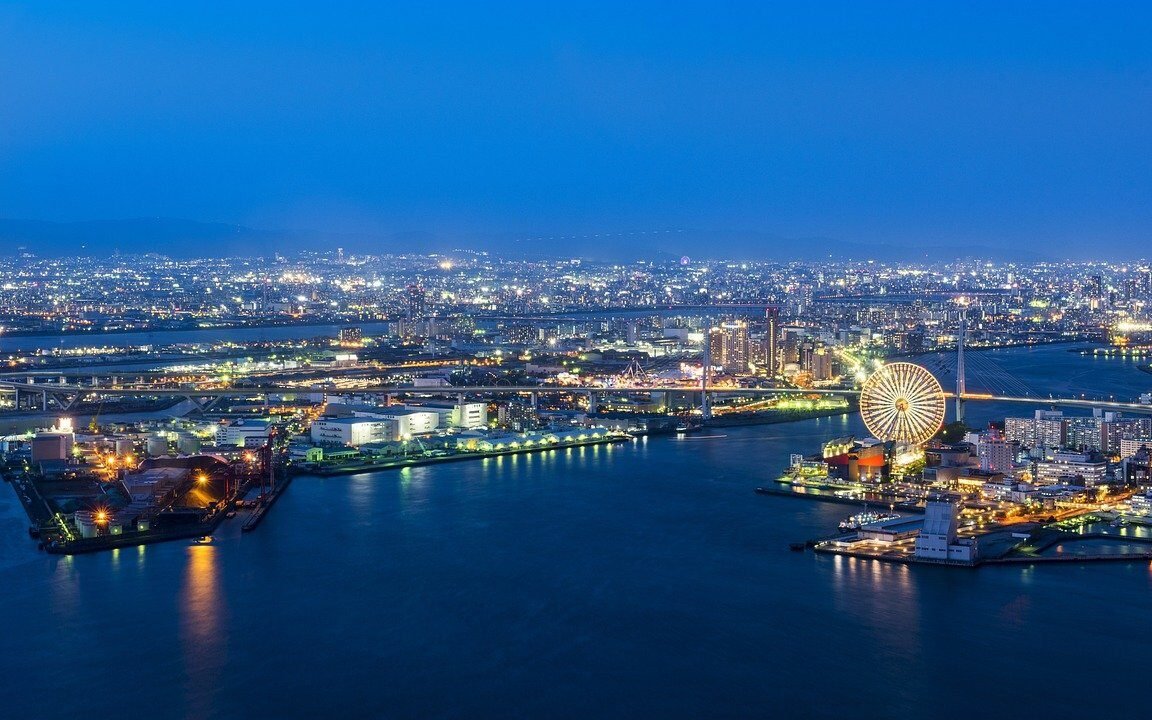
This dynamic city is famous for its modern architecture, exuberant nightlife, and delectable street food. Highlights include Dotonbori, a vibrant entertainment area, and Osaka Castle, which offers a glimpse into Japan’s feudal past.
Hiroshima
A city rebuilt from the ashes, Hiroshima is a symbol of peace. The Hiroshima Peace Memorial Park and Museum poignantly commemorate the tragic atomic bombing. Its nearby Miyajima Island is famous for the floating Itsukushima Shrine.
Nara
As Japan’s first permanent capital, Nara is renowned for its historic temples, like Todai-ji, housing a colossal bronze Buddha, and the Nara Park, famous for its free-roaming deer and beautiful natural scenery.
Hokkaido
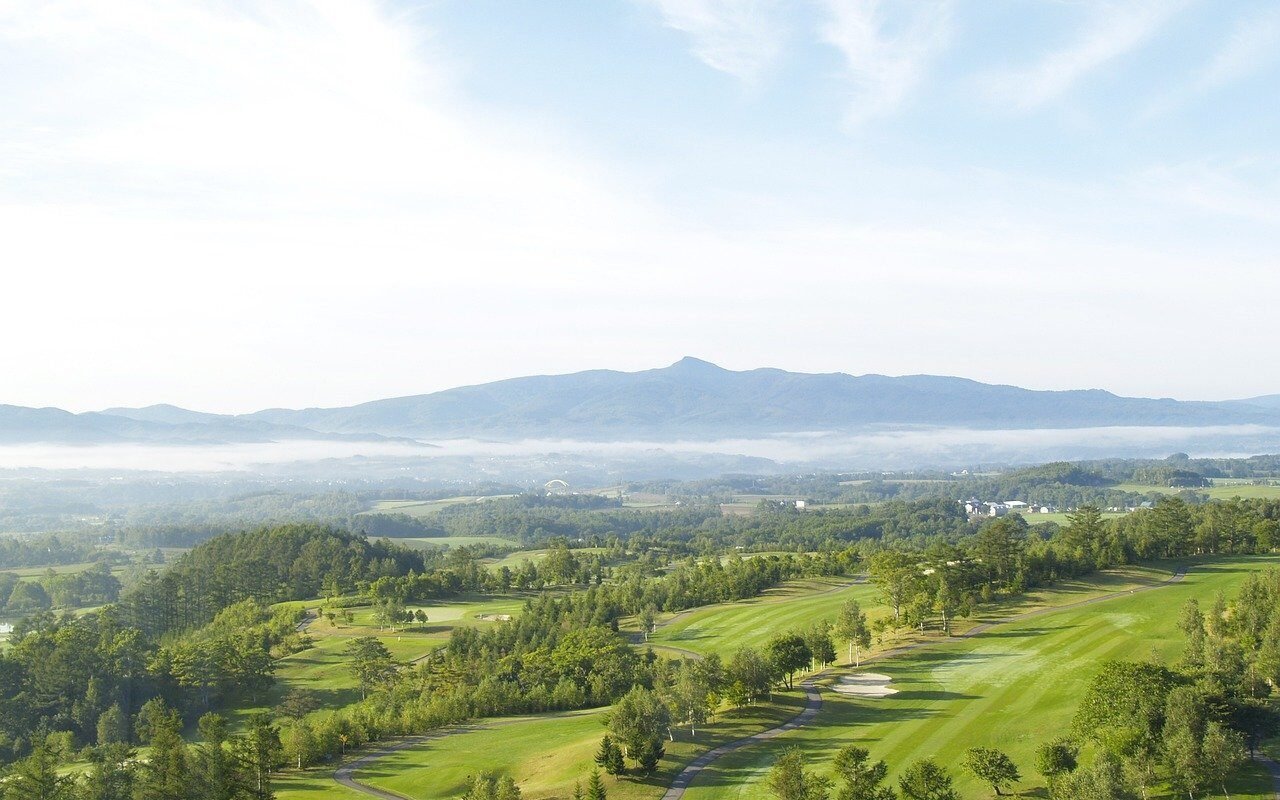
Renowned for its breathtaking natural landscapes, Hokkaido offers top-notch ski resorts and the famous Sapporo Snow Festival. The region is also known for its unique wildlife, hot springs, and fresh seafood.
Okinawa
This tropical paradise features broad beaches, coral reefs, and a unique Ryukyu culture distinct from mainland Japan. Attractions include the Churaumi Aquarium, historic Shuri Castle, and the scenic Kerama Islands.
Kanazawa
This historical town in Ishikawa Prefecture is celebrated for its well-preserved Edo-era districts, beautiful Kenrokuen Garden, and traditional crafts like Kaga Yuzen silk and Kanazawa gold leaf.
Takayama
Located in the mountainous Hida region, Takayama is known for its beautifully preserved old town, which offers a glimpse into the Japan of yesteryears. The Takayama Festival, held in spring and autumn, is one of Japan’s most beautiful festivals.
Yakushima
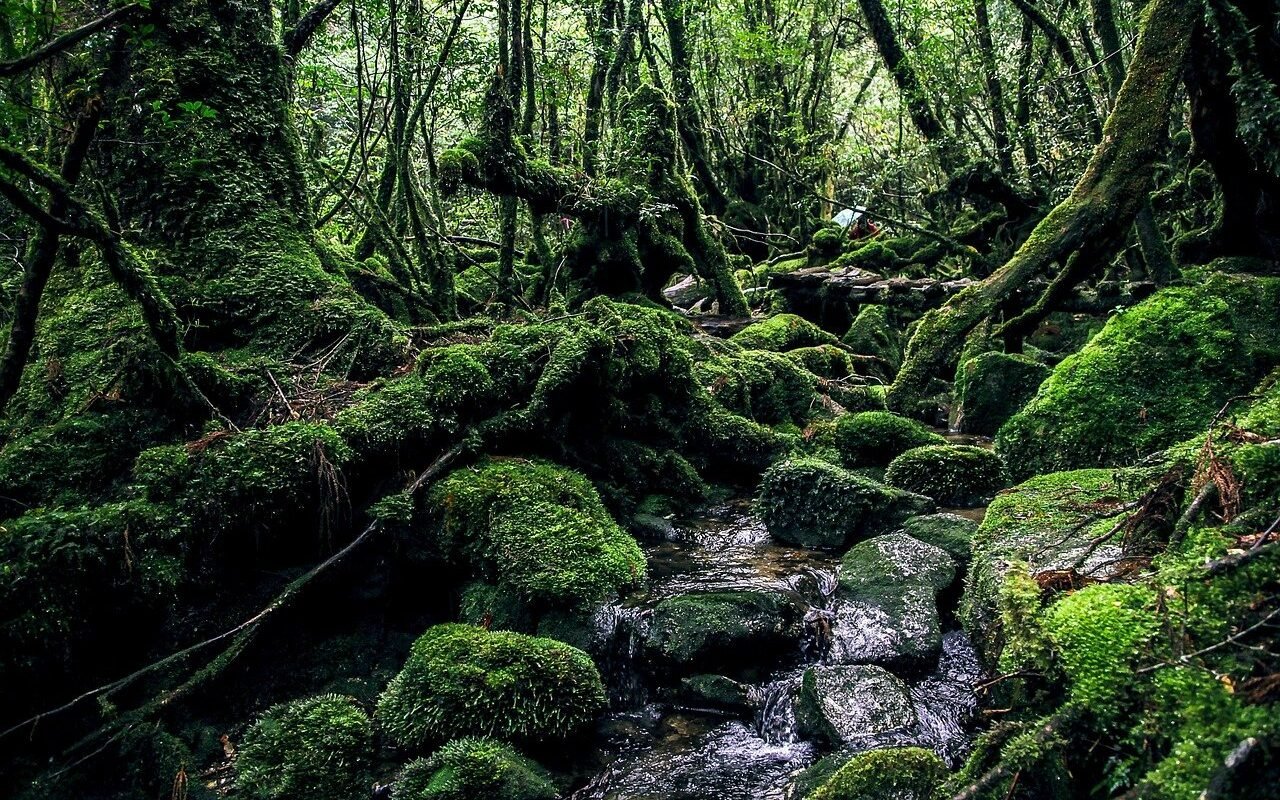
A UNESCO World Heritage site, Yakushima is an island celebrated for its ancient cedar forests, some of which are more than a thousand years old. It offers excellent hiking opportunities and a chance to connect with Japan’s pristine natural beauty.
From the neon lights of Tokyo to the tranquil forests of Yakushima, each of these destinations encapsulates a different facet of Japan, promising travelers a rich tapestry of experiences.
When you look at Japanese traditional architecture, you have to look at Japanese culture and its relationship with nature.
Off the Beaten Path: Discover Japan
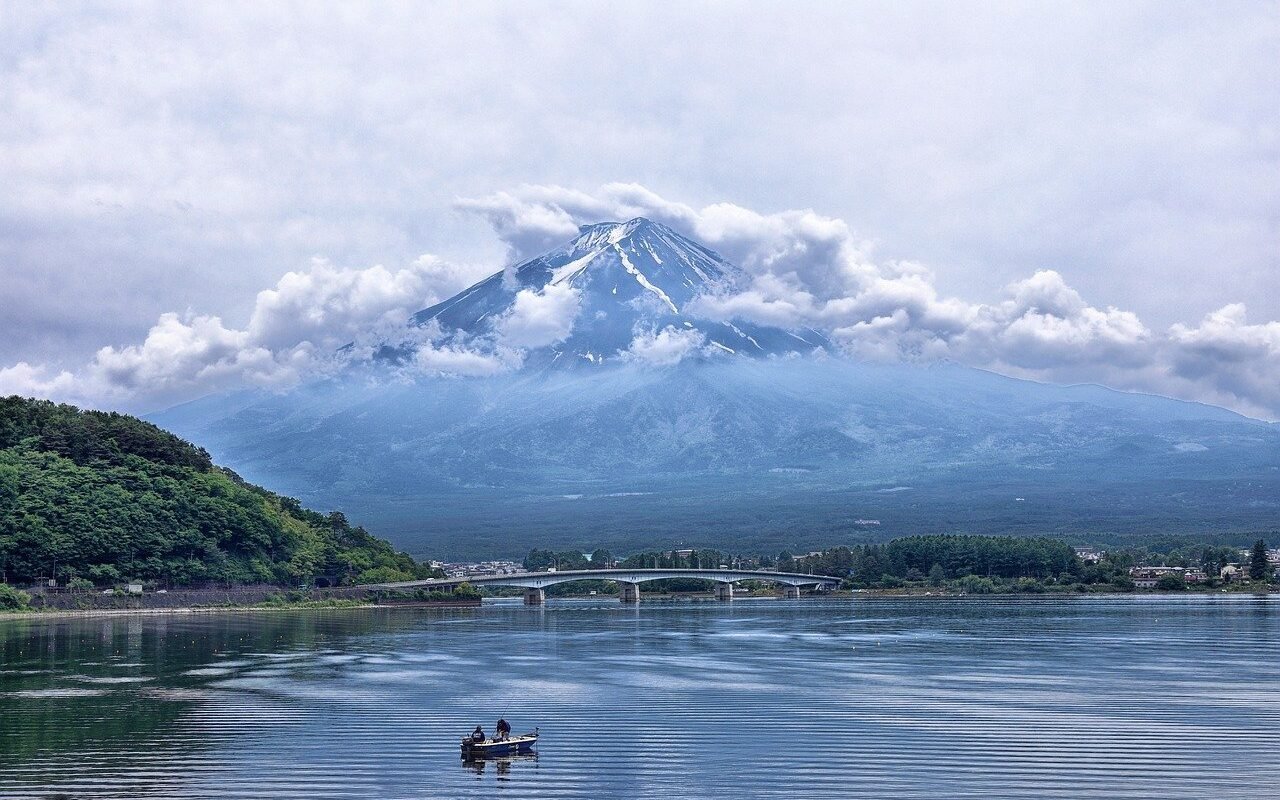
Japan, beyond its bustling cities and famous landmarks, is a treasure trove of less-traveled destinations that offer a serene and authentic experience. Here’s an expanded look at some of these hidden gems:
- Shirakawa-go: Nestled in the mountains of Gifu Prefecture, Shirakawa-go is a picturesque village known for its gassho-zukuri farmhouses, some of which are over 250 years old. These houses, with their steep thatched roofs designed to withstand heavy snow, offer a glimpse into traditional rural life in Japan. The village, particularly enchanting during winter when snow blankets the landscape, is a UNESCO World Heritage site.
- Naoshima: Floating in the Seto Inland Sea, Naoshima Island is a haven for art enthusiasts. This unique island blends natural beauty with contemporary art and architecture. It features numerous museums, installations, and sculptures, including works by Yayoi Kusama and the renowned Chichu Art Museum designed by Tadao Ando. Naoshima is a perfect blend of man-made and natural beauty, offering a tranquil escape.
- Tottori Sand Dunes: Located in the Tottori Prefecture, these are the largest sand dunes in Japan and form a part of the San’in Kaigan National Park. Stretching over 16 kilometers along the coast of the Sea of Japan, they offer a desert-like landscape unique in Japan. Visitors can enjoy camel rides, paragliding, and the stunning sight of the dunes against the backdrop of the sea.
- Kinosaki Onsen: This quaint hot spring town, with a history dating back over 1300 years, is famed for its traditional onsen (hot spring baths). Lined with willow trees and charming ryokans (Japanese inns), the town offers a relaxing and authentic onsen experience. Visitors can stroll in yukatas (light kimonos) and wooden geta (footwear), hopping from one bath to another.
- Iya Valley: Tucked away in the mountainous heart of Shikoku Island, Iya Valley is known for its dramatic scenery, including steep mountain slopes, deep gorges, and lush forests. The valley’s vine bridges, some of which are centuries old, are a highlight, offering a thrilling walk above the Iya River. This secluded area also offers traditional thatched-roof houses and is a perfect spot for hiking and exploring rural Japan.
Each of these destinations offers a unique experience, away from the typical tourist trails, allowing travelers to immerse themselves in the quieter, more intimate side of Japan’s rich heritage and natural beauty.
Discover Japan: Activities and Experiences
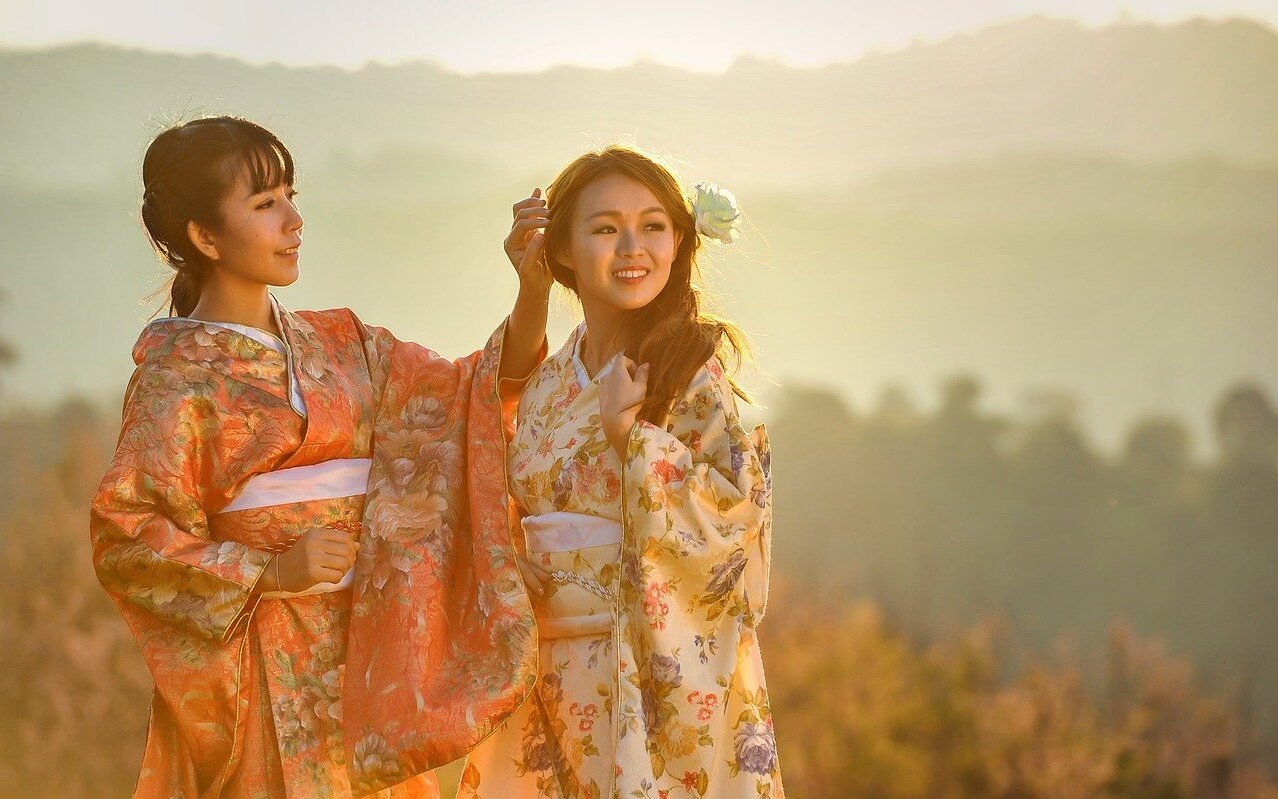
Japan’s allure extends far beyond its scenic landscapes and historical sites; it lies equally in its rich array of activities and experiences that immerse visitors in its unique culture. Here’s an expanded insight into some quintessential Japanese experiences:
Attending a Tea Ceremony in Kyoto: The traditional Japanese tea ceremony, known as ‘sado,’ is a quintessential cultural experience. Kyoto, with its serene tea houses and gardens, is the perfect place to partake in this ritual. The ceremony is a choreographed art of preparing and serving matcha (green tea), emphasizing aesthetics, and a mindful approach to every movement. It’s a serene, meditative experience that encapsulates the essence of Japanese hospitality and tradition.
Sumo Wrestling Match in Tokyo: Witnessing a sumo wrestling match is a thrilling insight into Japan’s national sport. In Tokyo, the Ryogoku Kokugikan Sumo Hall hosts major tournaments where visitors can experience the electrifying atmosphere as massive wrestlers, or ‘rikishi,’ clash in the ring. Sumo is a living tradition steeped in ritual and history.
Cherry Blossom Viewing (Hanami): Hanami, the cherry blossom viewing, is a revered Japanese tradition. Ueno Park in Tokyo and the Philosopher’s Path in Kyoto are iconic spots where the blooming sakura trees create a magical canopy of pink and white. Hanami is not only about enjoying the beauty of flowers; it’s also a time for outdoor picnics and joyful gatherings, reflecting the transient beauty of nature.
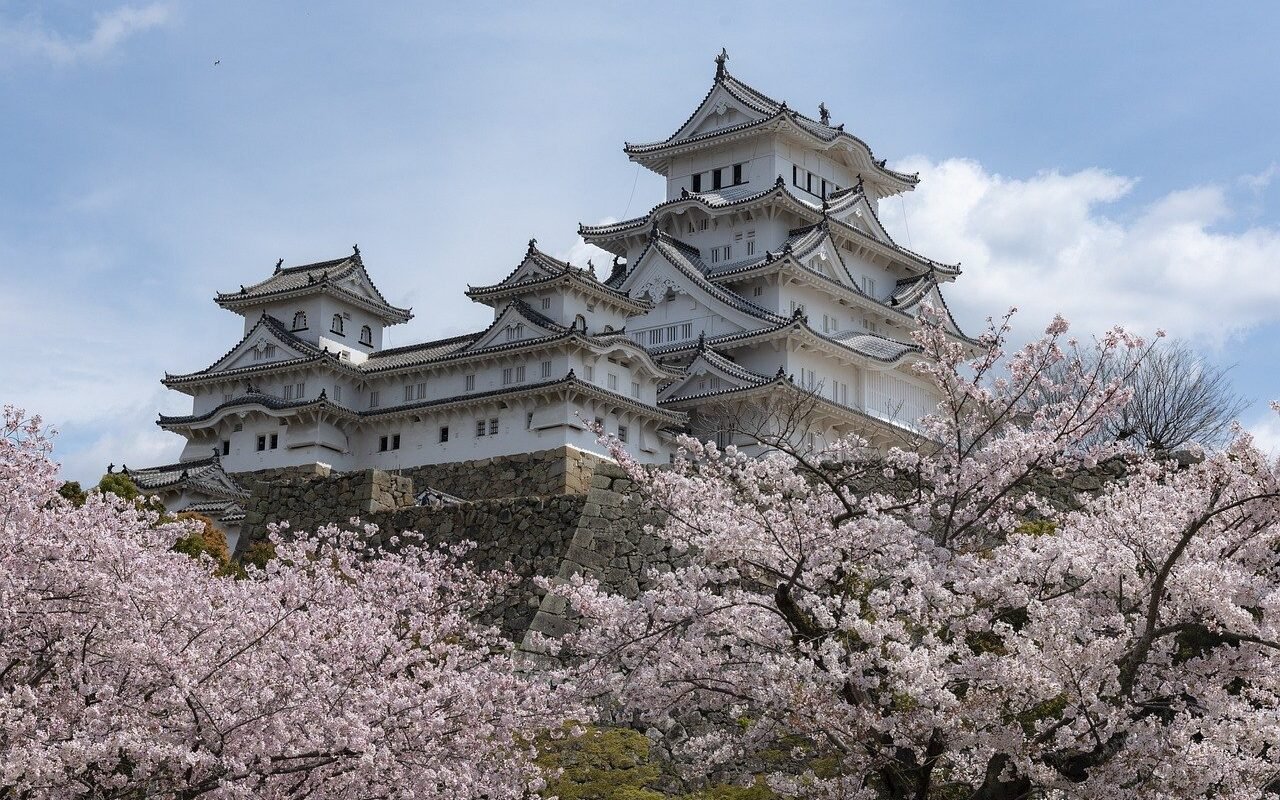
Staying in a Ryokan: A ryokan stay offers an authentic experience of traditional Japanese lifestyle and hospitality. These inns, often located in scenic areas, provide an opportunity to sleep on tatami mats, bathe in onsen (hot springs), and savor multi-course kaiseki meals. A ryokan stay is a serene retreat and a window into Japan’s customs and etiquette.
Sushi Making Class: Participate in a sushi-making class led by a local chef to delve into the art of sushi creation. These classes, offered in many cities like Tokyo and Osaka, allow you to learn about selecting fresh ingredients, preparing sushi rice, and crafting various types of sushi. It’s a hands-on way to appreciate Japan’s renowned culinary art.
Each of these experiences offers a unique perspective on Japan’s culture, allowing visitors to engage with its traditions, sports, culinary arts, and the natural beauty that shapes its identity.
If you want to discover more about experiences and activities to do in Japan please visit Travels Jinn Explore Experiences!
Discover Japan: Accommodations
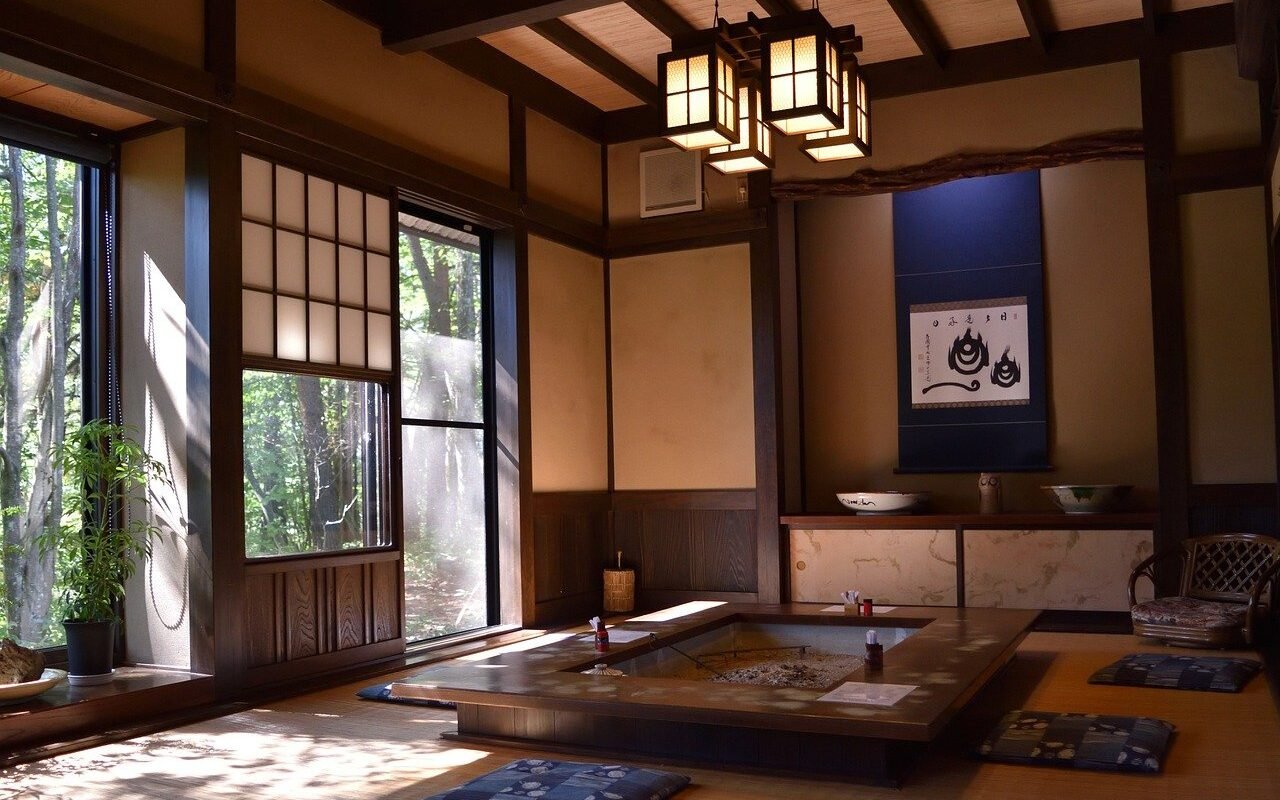
In Japan, the variety of accommodations available caters to a broad spectrum of preferences and budgets, each offering a unique experience:
Luxury Hotels: Japan’s luxury hotels, especially in cosmopolitan areas like Tokyo and Kyoto, are synonymous with opulence and high-end service. They provide world-class amenities, exquisite dining options, and often breathtaking views of the cityscape or natural landscapes. Many luxury hotels also offer traditional Japanese experiences, such as onsen (hot springs) and kaiseki (multi-course meals).
Ryokans: For a truly authentic Japanese experience, staying in a ryokan is a must. These traditional Japanese inns offer a glimpse into the Japanese way of life, with tatami mat rooms, futon beds, and communal baths. Many ryokans also provide an opportunity to wear yukata (casual kimono) and enjoy local cuisine. It’s an immersive cultural experience, often found in scenic locations like hot spring towns.
Capsule Hotels: Originating in Japan, capsule hotels are an excellent option for budget travelers seeking a unique lodging experience. These hotels offer compact, pod-like sleeping spaces equipped with basic necessities. They are usually found in cities and are popular among solo travelers for their affordability and convenience.
Guesthouses: Also known as “minshuku,” these are cozy and affordable lodging options, akin to bed-and-breakfasts. Guesthouses are often family-run and provide a homely atmosphere. They are a great way to meet locals and other travelers, offering a more intimate and personal experience compared to larger hotels.
Business Hotels: Catering to travelers looking for practicality and convenience, business hotels in Japan are budget-friendly and provide essential amenities for a comfortable stay. These hotels are straightforward, with clean, compact rooms, and are often located near train stations or business districts, making them convenient for both business and leisure travelers.
Each accommodation type in Japan offers its own unique set of experiences, from the height of luxury and traditional charm to practicality and modern efficiency, catering to the diverse needs and tastes of travelers.
Are you ready to book your dream accommodation? Go to Travels Jinn Explore Accommodations
Discover Japan: Culinary Delights
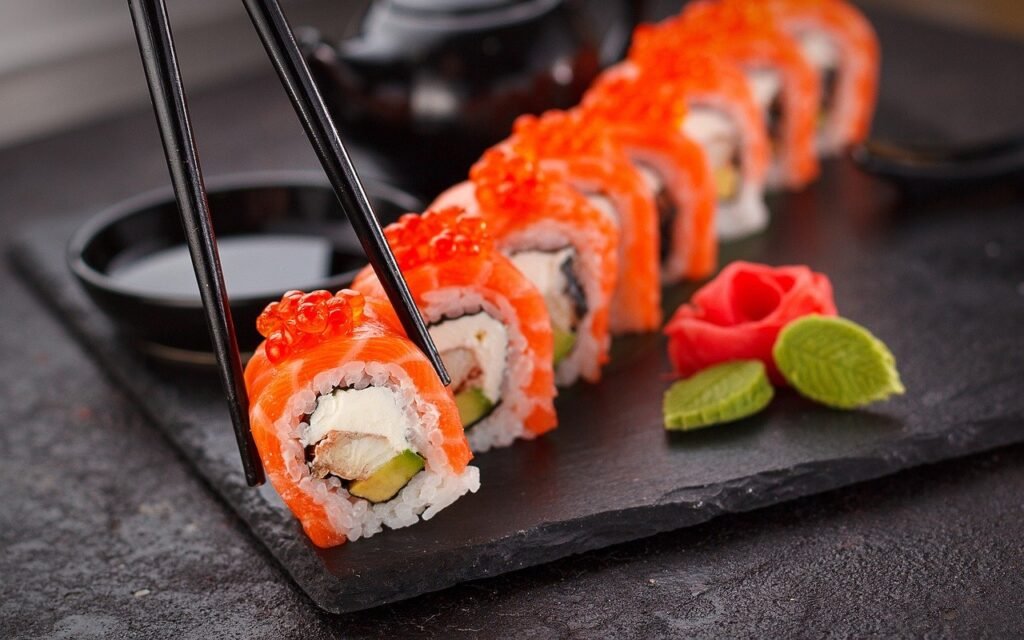
Japanese cuisine, known for its exquisite taste and presentation, offers a wide array of flavors and dishes, each with its own unique appeal.
Sushi and Sashimi: Sushi, one of Japan’s most iconic dishes, consists of vinegared rice accompanied by a variety of ingredients such as fish, seafood, and vegetables. Sashimi, on the other hand, involves thinly sliced fresh fish or meat served without rice. Both dishes showcase the freshness and quality of the ingredients, and are a testament to the minimalist yet profound approach of Japanese cuisine.
Takoyaki and Okonomiyaki: Takoyaki, a popular street food, are ball-shaped snacks made of a wheat-flour-based batter and cooked in a special molded pan. They are typically filled with minced or diced octopus, pickled ginger, and green onion. Okonomiyaki, often referred to as Japanese pancakes, are made with a batter mixed with cabbage and other ingredients like seafood, meat, and vegetables, then cooked on a griddle.
Regional Specialties: Each region in Japan has its own specialty. Kobe is famous for its high-quality Kobe beef, known for its flavor, tenderness, and well-marbled texture. Hokkaido, Japan’s northernmost island, is renowned for its fresh seafood, including crab, scallops, and sea urchin.
Kaiseki: Kaiseki is a traditional multi-course Japanese dinner that emphasizes seasonality, taste, texture, and presentation. It’s a culinary art form that balances the taste, texture, appearance, and colors of food, often served in ryokans (traditional inns) and high-end restaurants.
Top 5 Dishes of Japanese Cuisine:
- Sushi: A symbol of Japanese cuisine, sushi comes in various forms, from nigiri to maki rolls, featuring seasoned rice and fresh fish.
- Ramen: A beloved noodle soup dish, ramen comes in different regional styles, with rich broths ranging from soy to miso, and topped with ingredients like sliced pork, seaweed, and green onions.
- Tempura: Seafood or vegetables coated in a light, airy batter and deep-fried to perfection, tempura is both crispy and delicate.
- Udon: Thick wheat flour noodles served in a savory broth, often with toppings like tempura, tofu, or scallions.
- Tonkatsu: Breaded and deep-fried pork cutlet, tonkatsu is crisp on the outside and tender on the inside, typically served with cabbage and a sweet, tangy sauce.
Deep Dive into Japanese Culture
Traveling to Japan offers a rich cultural experience, and knowing the right travel tips can enhance your journey immensely. Here are some essential tips to consider:
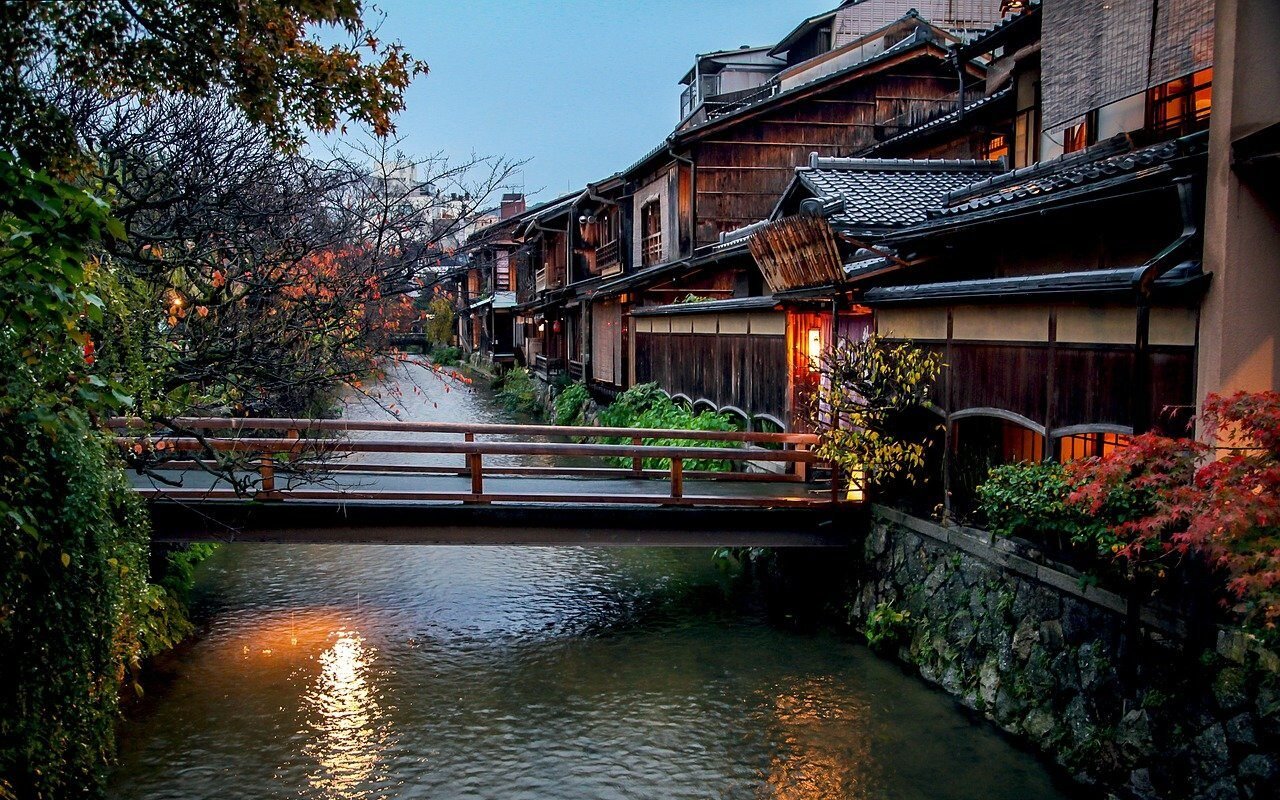
Discover Japan: Best Time to Visit
- Spring (March to May): This period is famous for the spectacular cherry blossoms (sakura). Cities like Tokyo, Kyoto, and Osaka are adorned with pink and white blossoms, creating picturesque landscapes. The mild weather during spring makes it ideal for outdoor activities and sightseeing.
- Autumn (September to November): Autumn is marked by stunning fall foliage. The weather is comfortably cool, and the changing colors of the leaves offer a breathtaking backdrop, especially in places like Kyoto’s Arashiyama and Hokkaido.
Discover Japan: Safety Tips
Japan is known for its low crime rates and high safety standards. However, it’s important to adhere to some general safety practices:
- Stay Informed: Keep up with local news and weather forecasts, especially regarding natural events like typhoons or earthquakes.
- Respect Local Customs: Understanding and respecting local customs and etiquette can enhance interactions with locals and prevent misunderstandings.
- Emergency Preparedness: Familiarize yourself with emergency contact numbers and nearest embassy or consulate locations.
Discover Japan: Navigating Transportation

Japan’s transportation system is renowned for its punctuality, cleanliness, and efficiency:
- Public Transportation: In cities, the subway and bus networks are extensive and reliable. English signage and announcements are common in major cities.
- Shinkansen (Bullet Train): For traveling between cities, the Shinkansen is a fast and convenient option. Japan Rail Pass can be an economical choice for tourists planning to use Shinkansen extensively.
- Local Trains and Buses: In rural areas, local trains and buses are less frequent. Planning ahead is advisable.
- Taxis: Taxis are safe and reliable, though more expensive. Most drivers don’t speak English, so having the destination address in Japanese can be helpful.
- Bicycle Rentals: In some cities and tourist spots, renting a bicycle can be a pleasant way to explore.
Following these tips can make your visit to Japan a smooth and memorable experience, letting you immerse in the beauty and uniqueness of the country while ensuring safety and convenience.
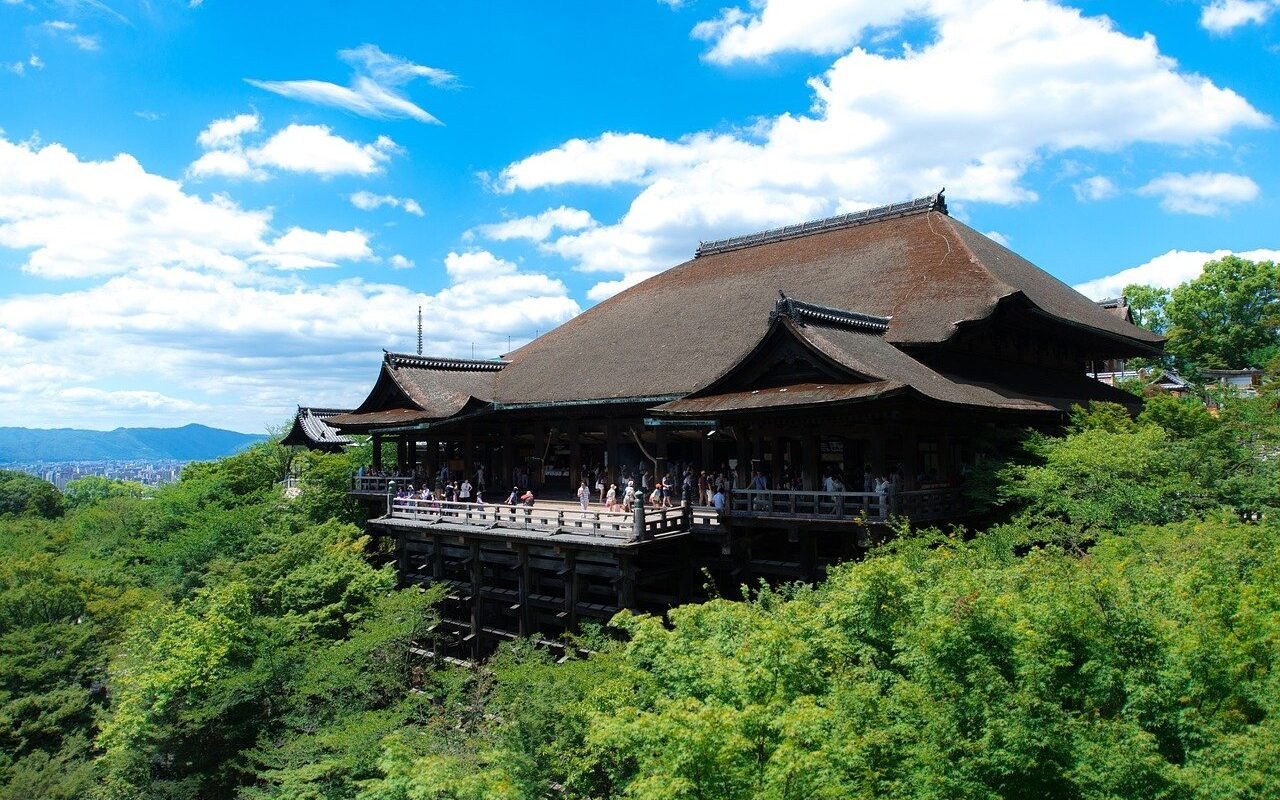
Embark on a journey of discovery with Travels Jinn, your expert guide to the wonders of Japan! Our tailored travel experiences ensure that every aspect of your trip is crafted to your needs and dreams, immersing you in the unique blend of history, culture, and natural beauty that Japan has to offer. From the tranquil temples of Kyoto to the neon-lit streets of Tokyo, you can get a customized itinerary that captures the essence of Japan.
Travels Jinn takes care of every detail, including accommodations, flights, and transportation, to provide a seamless and stress-free travel experience. Our services are designed to cater to all kinds of travelers and needs. We offer smart services like expert guides, instant translations, and itineraries suggestions.
Let Travels Jinn be your gateway to unforgettable memories and experiences in Japan!

